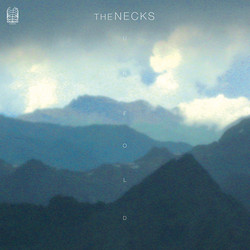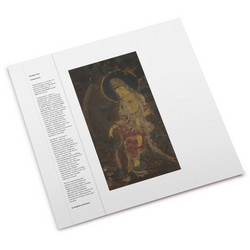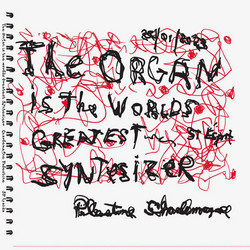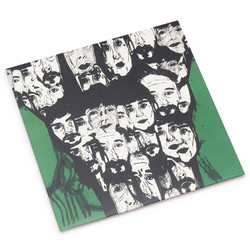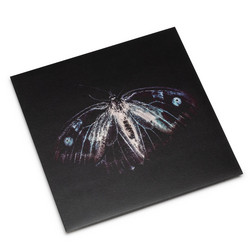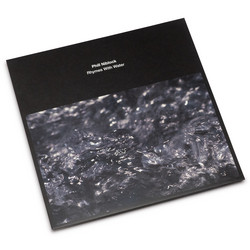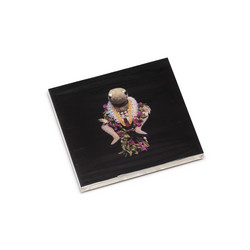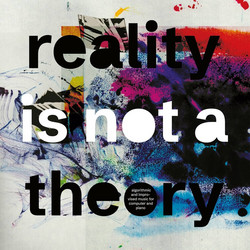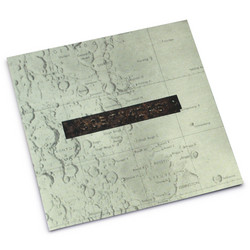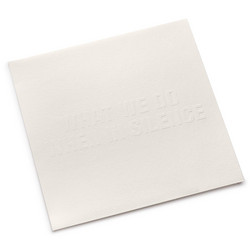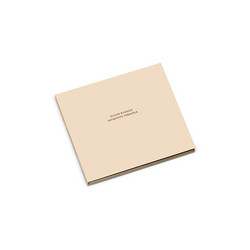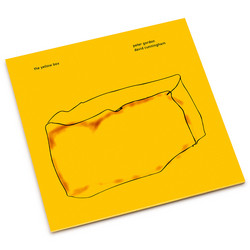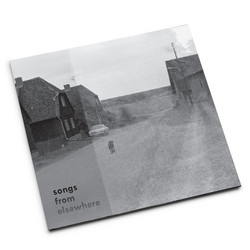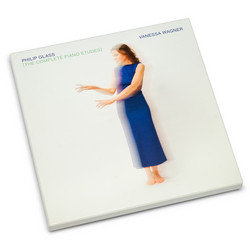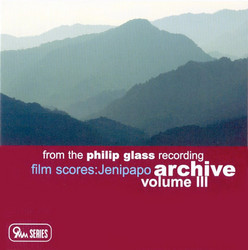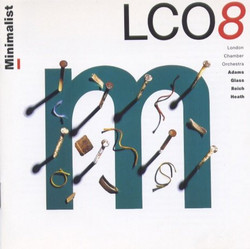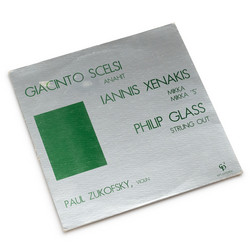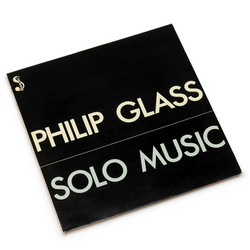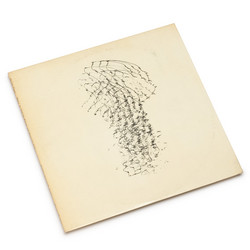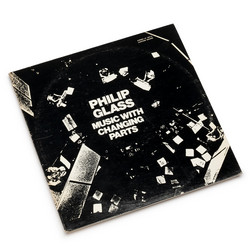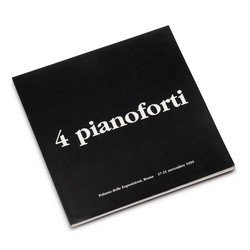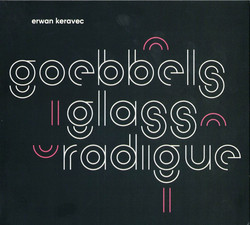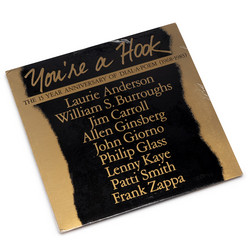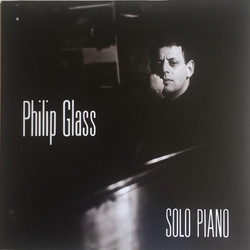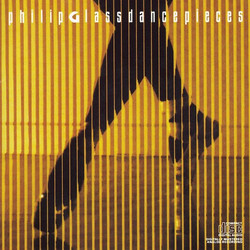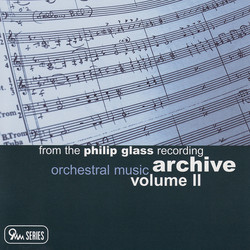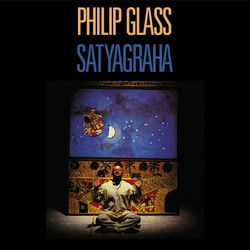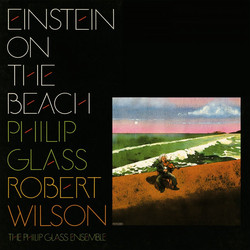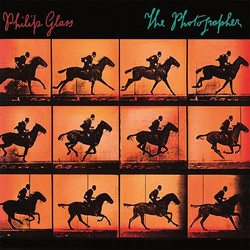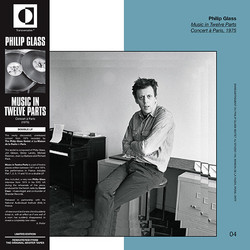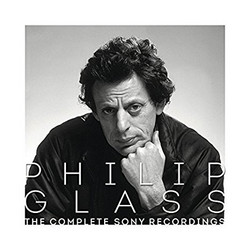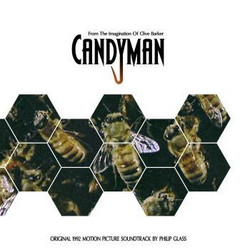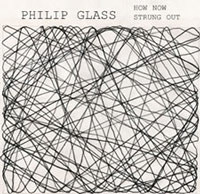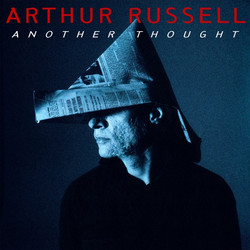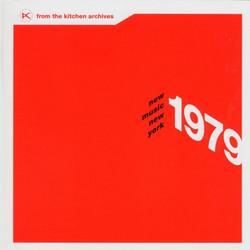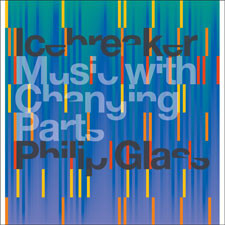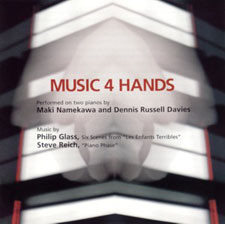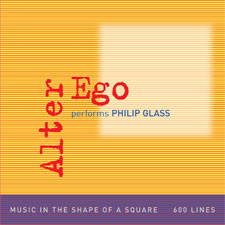Robert Wilson, Philip Glass
Einstein on the Beach
Widely credited as one of the greatest artistic achievements of the 20th century, this rarely performed work launched its director Robert Wilson and composer Philip Glass to international success when it was first produced in Avignon, France in 1976, with subsequent performances in Europe and in New York at the Metropolitan Opera. It is still recognized as one of their greatest masterpieces. Now, nearly four decades after it was first performed and twenty years since its last production, Einstein On The Beach has been reconstructed for this new edition. Einstein On The Beach breaks all of the rules of conventional opera. Instead of a traditional orchestral arrangement, Glass chose to compose the work for the synthesizers, woodwinds and voices of the Philip Glass Ensemble. Non-narrative in form, the work uses a series of powerful recurrent images as its main storytelling device shown in juxtaposition with abstract dance sequences created by American choreographer Lucinda Childs. It is structured in four interconnected acts and divided by a series of short scenes or "knee plays". Taking place over five hours, there are no traditional intermissions. Instead, the audience is invited to wander in and out at liberty during the performance. Einstein On The Beach was revolutionary when first performed and is now considered one of the most remarkable performance works of our time. The New York Times art critic and producer John Rockwell has said of seeing Einstein On The Beach for the first time: "Einstein was like nothing I had ever encountered. For me, its very elusiveness radiated richly, like some dark star whose effects we can only feel. The synergy of words and music seemed ideal." He continued "Einstein on the Beach, perhaps, like Einstein himself, transcended time. It's not (just) an artefact of its era, it's timeless... Einstein must be seen and re-seen, encountered and savored... an experience to cherish for a lifetime.

